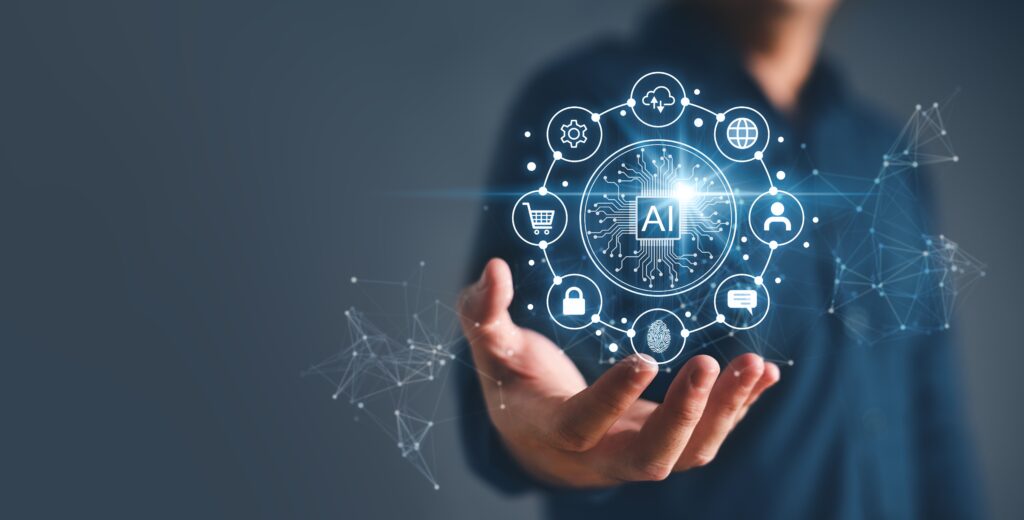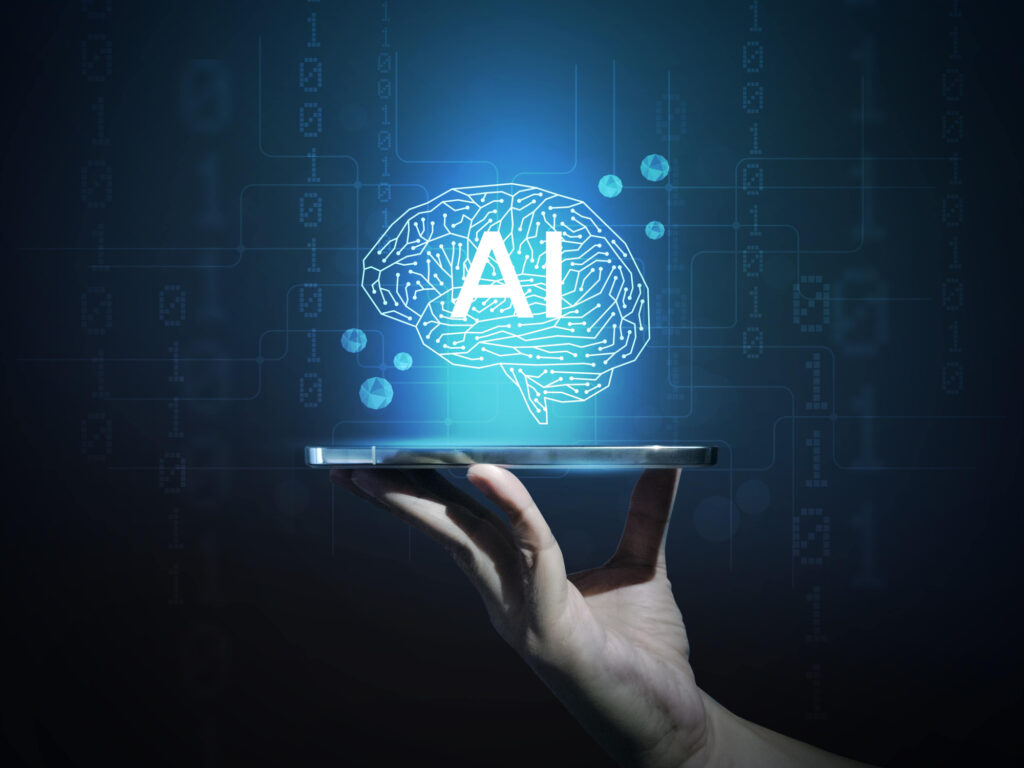Szerző: Ügyvédi Iroda
While artificial intelligence (AI) is rapidly reshaping the operation of the legal sector, particularly striking changes can be observed in dispute resolution proceedings. The overloading of court systems, prolonged procedures, and high costs are challenges for which technology can offer effective solutions. However, the introduction of AI-based systems raises numerous legal and ethical questions, from algorithmic bias to the reinterpretation of liability relationships. In this article, we review the role of artificial intelligence in dispute resolution, the related challenges, and the evolution of the regulatory environment.
Practical Application of Artificial Intelligence in Dispute Resolution
Despite the traditionally conservative approach of the legal sector, the application of artificial intelligence has brought significant progress in the efficiency and accessibility of dispute resolution procedures. Technology assists the work of legal professionals in various forms, from automated document analysis to complex legal decision support.
Predictive Analytics and Legal Decision Support
Predictive analytics is one of the most significant application areas of artificial intelligence in dispute resolution, enabling legal professionals to predict expected outcomes based on analysis of previous cases and patterns. This technology is particularly effective in repetitive, simpler cases, such as debt collection or employment classification disputes, where relevant patterns can be easily identified due to clear legal rules. With the help of predictive tools, lawyers can make more informed strategic decisions, increasing the chances of successful outcomes.
China leads in the judicial application of artificial intelligence, where “Internet Courts” have been operating since 2017. These systems support judicial work with AI assistants, capable of analyzing case facts, searching for relevant precedents, and making suggestions for judgment reasoning. Reports indicate that in one case, the AI assistant identified discrepancies in credit agreements, significantly accelerating dispute resolution, reducing document preparation time from one hour to less than five minutes.

Document Analysis and Automation
One of the most time-consuming tasks in legal proceedings is document handling and analysis, an area where artificial intelligence achieves extraordinary efficiency improvements. Generative AI and large language models (LLMs) are capable of interpreting and processing large amounts of textual data, significantly increasing the productivity of legal professionals.
During e-discovery and document review, AI can quickly scan, categorize, and extract key information from often thousands of documents related to litigation proceedings. In contract management, algorithms perform intelligent analyses, compare offers, and identify potential risks. Specialized platforms, such as Praetor AI or Supio, enable automatic analysis of personal injury-related documentation, accelerating the preparation of compensation claims.
Online Dispute Resolution Platforms
Online dispute resolution (ODR) platforms are revolutionizing the handling of legal disputes, enabling out-of-court settlement in digital environments. These systems are particularly valuable for parties without legal representation, as they offer faster, more accessible, and cost-effective solutions compared to traditional litigation procedures. ODR platforms typically involve technological support for negotiation, mediation, or arbitration.
The Digital Services Act (DSA) regulation specifically requires online platforms to provide out-of-court dispute resolution mechanisms for users regarding their content moderation decisions. It is important to distinguish between traditional ODR and AI-based ODR: while the former merely uses technology to support dispute resolution, the latter also involves AI in decision support or process automation.
Ethical and Legal Challenges of Artificial Intelligence in Dispute Resolution
The application of artificial intelligence in dispute resolution raises numerous ethical and legal questions that must be examined and addressed. These include algorithmic bias, lack of transparency, and unclear liability relationships, which can fundamentally influence the acceptance and effectiveness of technology.
Algorithmic Bias and Fairness Issues
One of the most critical ethical challenges of AI-based systems is algorithmic bias. AI models learn from the datasets used during their training, which inevitably reflect historical prejudices and distortions existing in society. Consequently, the system may make biased decisions, leading to discriminatory results in various legal areas, such as credit assessment, employee hiring, or criminal sentencing.
In mediation, the neutrality of the mediator is crucial for maintaining trust, and AI’s inherent bias from data creates additional problems unknown to traditional dispute resolution procedures. To address this, continuous monitoring and auditing of AI systems are necessary to identify and correct discriminatory patterns. It is essential that training datasets be representative and diverse to promote fairness.
The “Black Box” Problem and Transparency Requirements
The decision-making processes of deep learning systems are often opaque even to their developers – this is called the “black box” problem. While human thinking also has unexplainable, unconscious processes, in legal systems where fair procedure and well-founded judgments are fundamentally important, this is unacceptable. If an AI model cannot explain how it reached a particular decision, it undermines trust in the legal process.

Research aimed at increasing transparency focuses on developing explainable artificial intelligence (Explainable AI – XAI). The goal of XAI is for models to not only provide results but also reveal the underlying reasoning. In legal contexts, this is essential because it enables lawyers and judges to verify that AI decisions are consistent with legal norms and principles. In jurisprudence, XAI must not only provide any explanation; the explanation must be legally enforceable and interpretable.
Liability and Data Protection
In cases of AI malfunction or damage, the question of liability arises, which is particularly complex in dispute resolution procedures. EU draft legislation actively examines adapting the civil liability system to AI. In legal practice, lawyers are ultimately responsible for reviewing and ensuring the accuracy of content and recommendations generated by AI, so AI should be considered as an “assistant, not a replacement” in legal work.
When using legal AI, protecting confidential data and client confidentiality are particularly important considerations. Since AI tools are often accessible through platforms operated by third parties, lawyers must ensure that these service providers comply with strict data protection protocols. Data protection is protected by the Fundamental Law, the Charter of Fundamental Rights of the European Union, and the GDPR, under the supervision of the Hungarian National Authority for Data Protection and Freedom of Information (NAIH).
Regulation and Practical Application
The rapid development of artificial intelligence has necessitated the creation of comprehensive regulatory frameworks, while practical applications are spreading increasingly widely. Both the EU and Hungary are actively working on developing appropriate regulatory approaches, and numerous examples demonstrate the successful integration of technology into dispute resolution processes.
European and Hungarian Regulatory Frameworks
The EU Artificial Intelligence Regulation (AI Act) is considered a milestone as the first comprehensive global regulation applying a risk-based approach to AI systems. The regulation defines four risk levels, two of which – unacceptable and high risk – directly affect the legal sector and dispute resolution.
Unacceptable risk systems, such as social scoring or individual criminal risk prediction based solely on profiling, are completely prohibited. The high-risk category includes AI solutions used in justice administration, which must meet strict requirements, including risk assessment, use of high-quality datasets, and ensuring appropriate human oversight.
In Hungary, Government Decision 1301/2024. (IX. 30.) began preparations for implementing the EU AI Act. According to the decision, a body will be established under the supervision of the Minister for National Economy to perform regulatory tasks, and the Hungarian Artificial Intelligence Council will also be formed to provide guidance on implementation.
Innovative Solutions and Case Studies
On the international stage, numerous examples demonstrate the successful application of artificial intelligence in dispute resolution. Garfield Law in the United Kingdom is the world’s first fully AI-based law firm approved by regulatory authorities. The firm specializes in handling small claims and provides services at a fraction of the cost of traditional legal services, leveraging the efficiency of automation.
In China, “Internet Courts” show outstanding efficiency: a court session lasts an average of only 37 minutes, and 98% of judgments are not appealed. The Chinese model aims to support human decision-makers: AI systems identify contradictions, generate reasoning, and research relevant precedents, but ultimate responsibility remains with the human judge.
The global legal tech market is dynamically growing with innovative startups such as Supio, Legora, and Reveal. These companies offer specialized AI-based solutions from document management to legal research, significantly increasing the efficiency of legal work and democratizing access to legal technology.
Practical Recommendations and Future Directions
For the responsible and effective use of artificial intelligence, several practical recommendations can be formulated for legal practitioners. First and foremost, it is important to maintain critical thinking and human oversight: AI should never be relied upon exclusively, especially in legally critical decisions. Lawyers must verify AI-generated results in all cases.
Companies and individuals using legal AI must develop responsible AI policies that include compliance with legal and regulatory requirements (e.g., EU AI Act) and data protection legislation (GDPR). Continuous training of staff is essential for the ethical use of technology.
The future of AI and dispute resolution lies in the symbiotic relationship between technology and human expertise. Artificial intelligence is capable of handling simpler, data-based cases efficiently and quickly, while human oversight ensures accountability, trust, and fairness in complex legal disputes. This approach frees up time for lawyers and judges, enabling them to focus on the highest level of legal tasks, ultimately improving the quality and accessibility of justice.